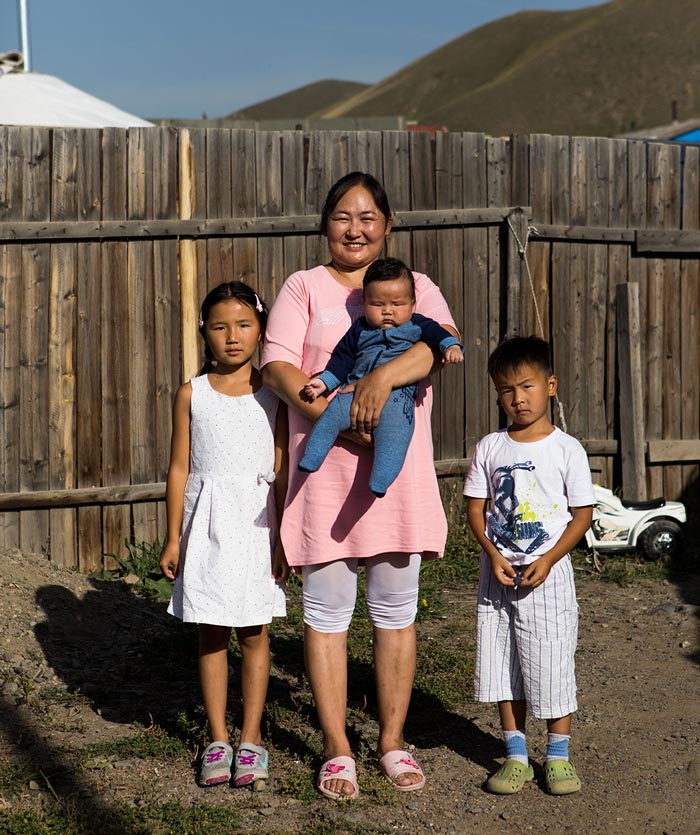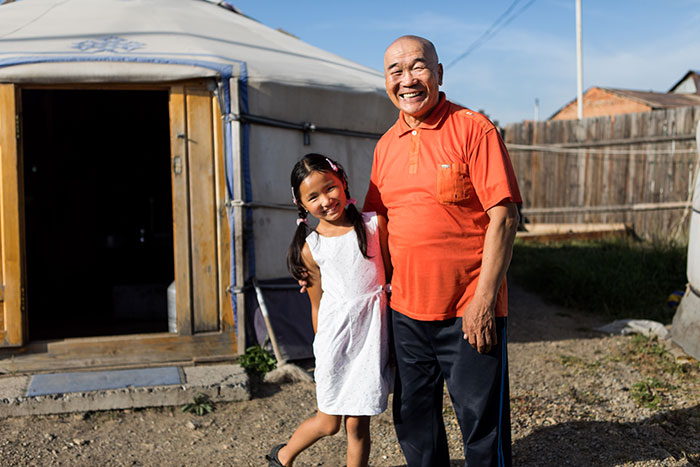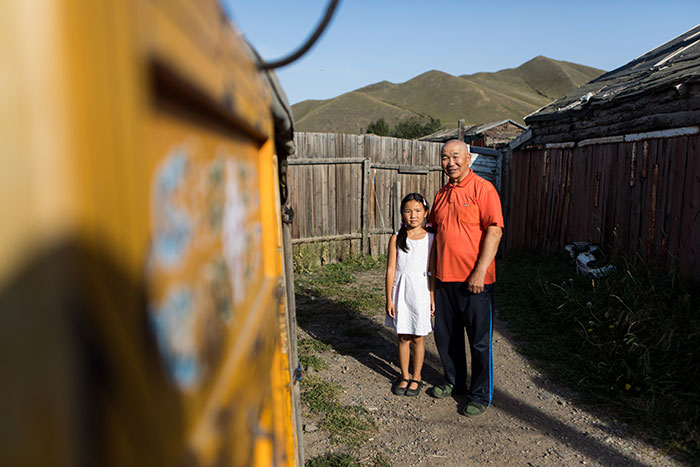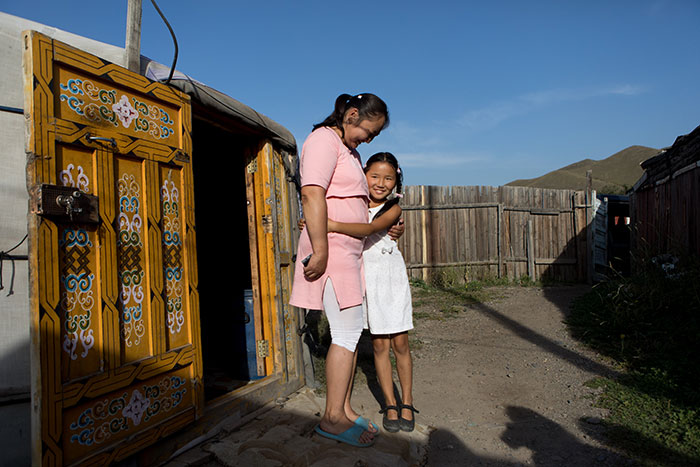A roadmap to recovery
The Immunization Agenda 2030’s new scorecard visualizes a journey toward pandemic recovery and global immunization progress.
- 28 June 2021
- 4 min read
- by Gavi Staff

Odontuya, a mother in Ulaanbaatar, recalls when her young daughter was hospitalised with pneumonia as one of her darkest days. Her daughter survived, and when Mongolia later introduced pneumococcal vaccines, Odontuya vaccinated her younger son to protect him against pneumococcus, which can cause severe pneumonia and meningitis.
Her story – of individuals and nations taking action to secure a healthier future – is emblematic of our hope, reliance and expectation that immunisation systems will continue to deliver unprecedented progress. We cannot take this for granted.
Immunisation, a public health tool that has recently captured the imagination of our pandemic-afflicted world, has been quietly saving of millions of lives. Every year, more than 116 million infants receive vaccines, which can prevent more than 20 life-threatening diseases. However, gains in immunisation coverage have stagnated in recent years and an estimated 14 million children have never received a single routine vaccine dose.
The Immunization Agenda 2030 (IA2030) envisions a world where everyone, everywhere, at every age fully benefits from vaccines for good health and well-being. Launched at the 74th World Health Assembly, IA2030’s Framework for Action provides a detailed roadmap for achieving the ambitious vision of leaving no one behind on immunisation in the next decade. The Framework’s three impact goals are the topline gains to – Prevent Disease, Promote Equity and Build Strong Programmes – these will be measured globally using seven indicators to mobilise commitment and resources, guide operational planning and ensure accountability.
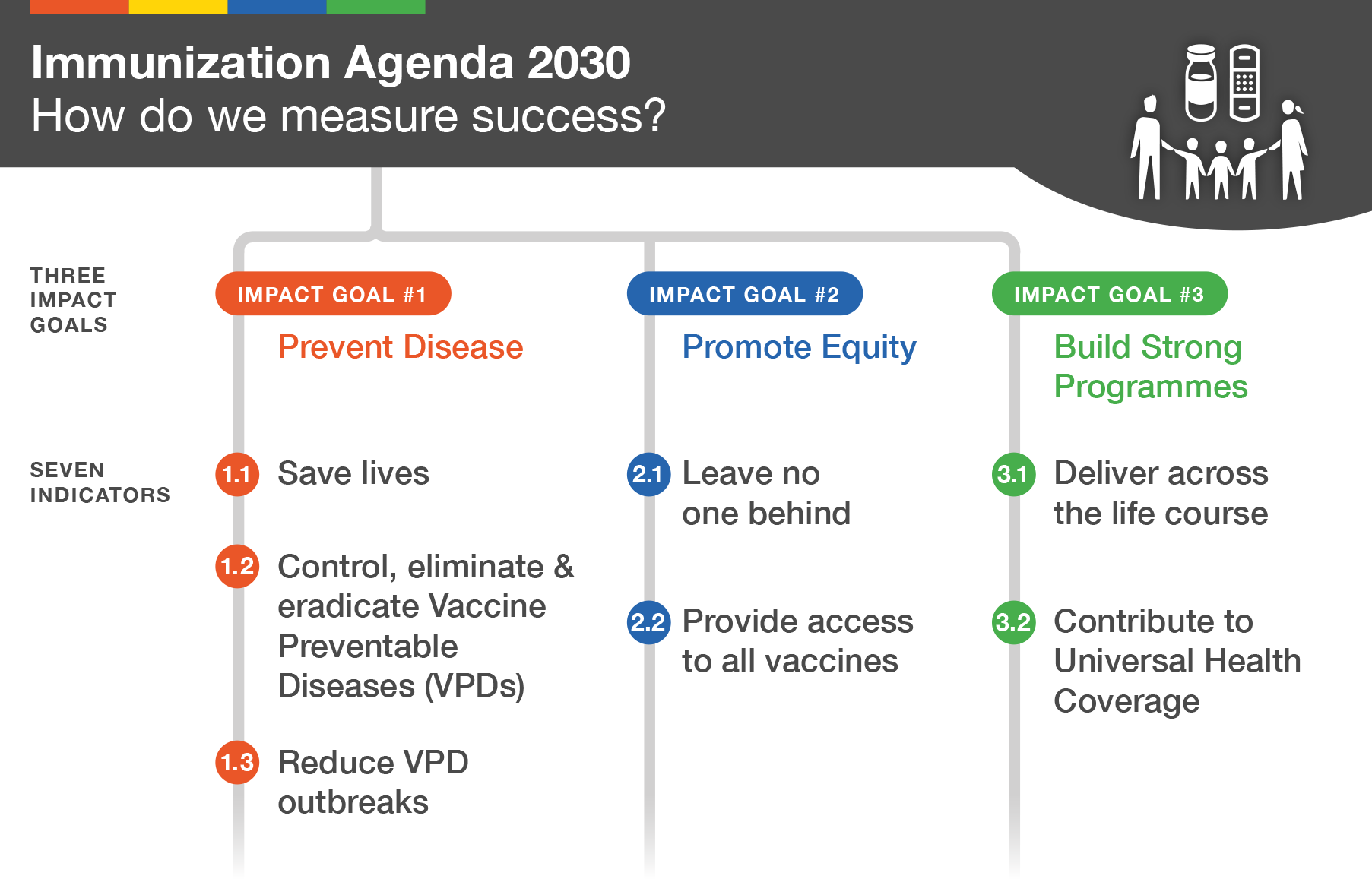
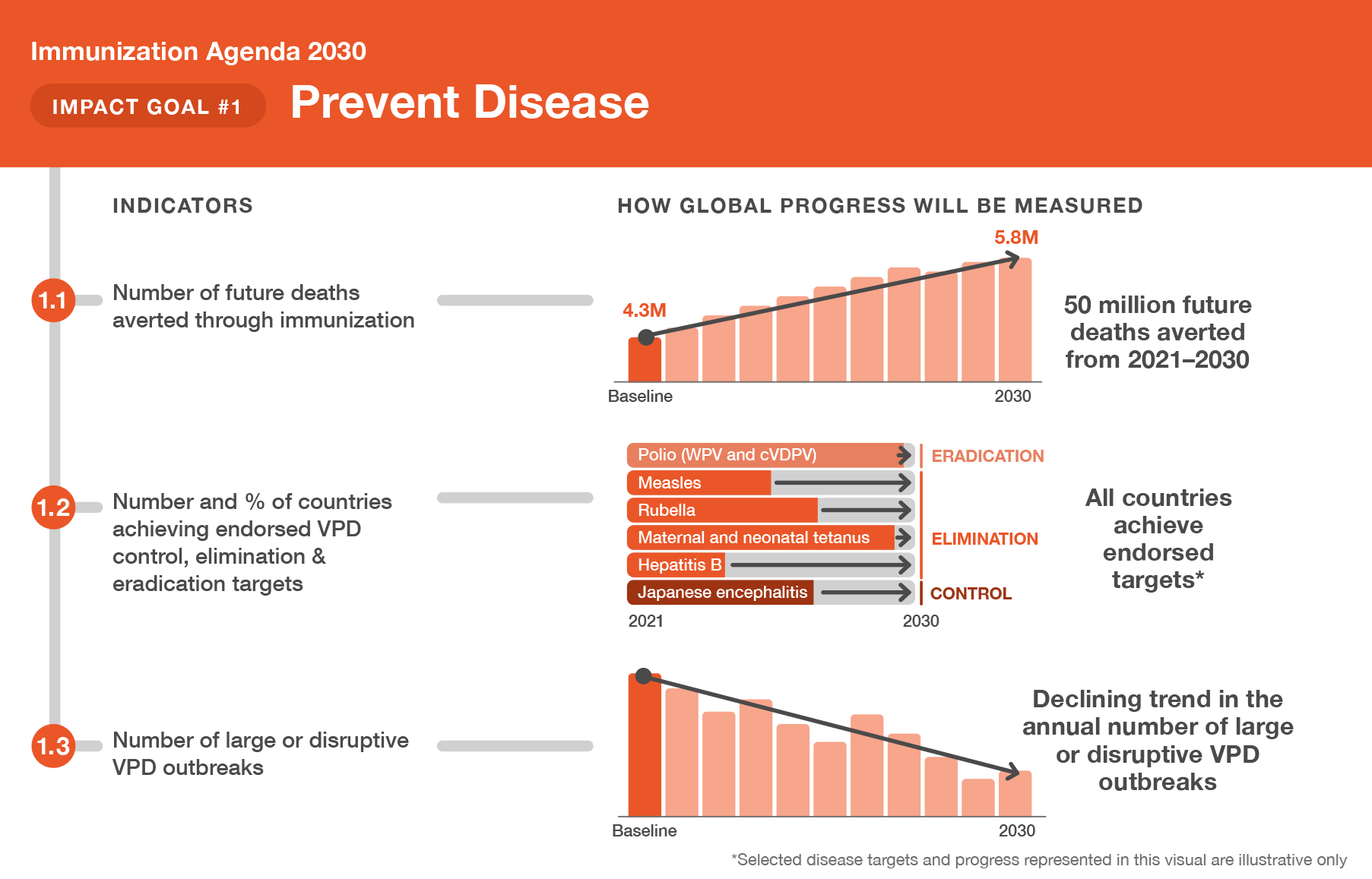
To visualise the impact goals a scorecard was developed, building on the IA2030 M&E framework. USAID’s MOMENTUM Country and Global Leadership project led a design team from WHO’s Immunization, Vaccines and Biologicals and other immunisation partners to co-create the infographic scorecard illustrating measures of progress in immunisation that matter most for the next decade.
Have you read?
A scorecard is only as good as the measures it tracks and how it is used. Therefore, the design team sought to better understand the overarching objectives and use of the scorecard through a series of consultations with different IA2030 working groups. Teams working on advocacy, ownership, and accountability, as well as the monitoring and evaluation provided insights into the type of data to be tracked, the level at which the indicators could be tracked, available data sources, frequency of reporting indicator data, baseline year and indicator values, and plausible range of indicator values. Furthermore, the design team identified the expected users of the scorecard (see figure below).
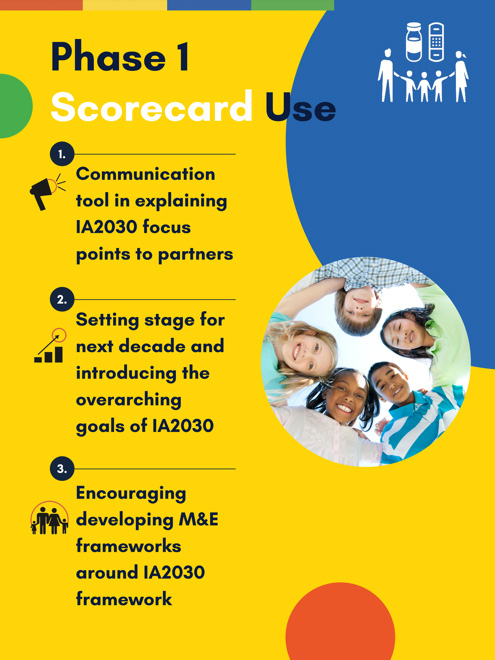
|
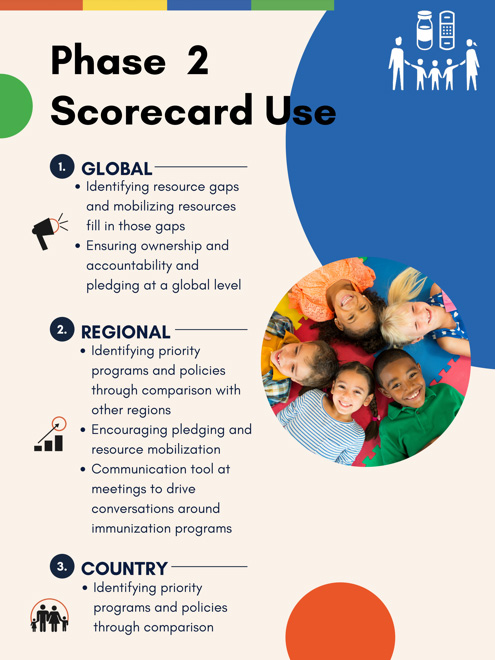
|
Next stop: an interactive scorecard
Having now developed the infographic scorecard showcasing the impact goals and indicators, the design team will build an interactive scorecard for stakeholders at all levels – global, regional and country – to monitor progress and drive M&E action cycles at their respective levels. This dynamic scorecard will be hosted online and will have the seven impact goal indicators as well as indicators for seven Strategic Priorities. As a global tracking tool, the scorecard will be used by the IA2030 coordination group and International Partnership Council to drive accountability by countries, agencies, donors and implementation partners, for instance to help these entities recognise when committed resources are inadequate to achieve goals.
Trends captured by the scorecard are also expected to inform the WHO Executive Board’s biennial report to the World Health Assembly, laying out achievements made in advancing toward the global goals of the IA2030 starting at the WHA 75 in 2022.
At the country level, the scorecard can help immunisation program managers, civil society organisations, the media and other interested parties to bring to light national trends in immunisation coverage; the scorecards will also enable countries to compare performance with neighbours and peers and expose programatic gaps. Such insights can provide powerful messages for policy advocacy and social mobilisation.
Over the coming years, countries may struggle to progress toward goals as they introduce and scale up COVID-19 vaccines while shoring up routine vaccination programmes. Countless threats could thwart progress, especially those related to pandemic recovery efforts. In the first part of the decade, countries’ immunisation systems may remain strained due to the pandemic. Lowered coverage of measles and other vaccines due to COVID-19 service disruptions could result in disease outbreaks, leading to catch-up campaigns that divert already scarce human resources.
The Framework and companion scorecard will help countries, regions, and global actors remain focused on the most urgent priorities for immunisation programmes to track performance.
The challenge couldn’t be more urgent. As the mother from Ulaanbaatar says in this video, “vaccines [are] a great investment for our future, because every child will have a chance to grow healthy.”
Authors Chizoba Wonodi, Rose Weeks, Clarice Lee, and Lyra Cooper of MOMENTUM Country and Global Leadership/Johns Hopkins International Vaccine Access Center developed this commentary.
Photo gallery
More from Gavi Staff
Recommended for you




